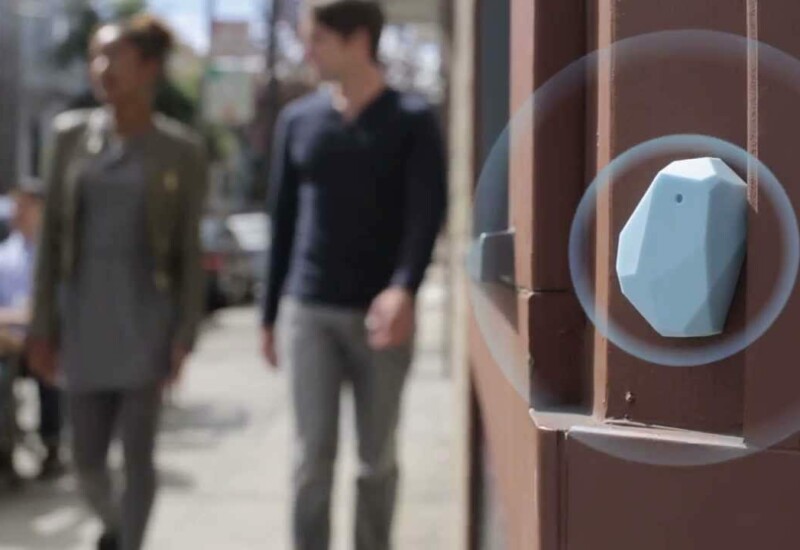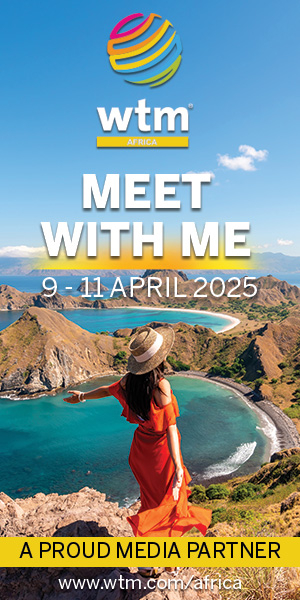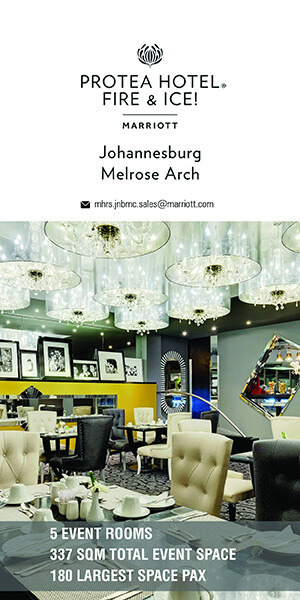I always get asked what the next great thing in event technology is going to be. Among other things, my answer always includes the integration of beacons. I found an interesting blog about this that I would like to share with you.
Apple first introduced beacon technology into mobile devices in 2013, making location technology easily accessible. The ‘early adopter’ event planners looking to produce highly interactive events found that beacons helped introduce proximity marketing to their events. It opened up a new level of engagement that was more personalised to an attendee’s location and experience.
The origin of beacons in proximity marketing
The retail market was the first to embrace beacon technology and shape the concept of proximity marketing. Beacons allow organisers to send timely messages to devices based on location, creating uniquely relevant experiences prompting users to action.
Globally, some retailers started using beacons to offer rewards via their mobile apps to customers as they enter their stores. One American store, Nordstrom, started using it to notify customers if any item in their mobile shopping bag is in stock (triggered via a beacon located at the front door) when they enter any of their stores. Another American company, Hudson’s Bay Company, deploys beacons that push out individual campaigns offering discounts with ‘reveal codes’. In addition to triggering buying behaviour, it allows the company to track the effectiveness of each beacon.
Using location-based promotions at events
The events and meetings industry can learn (and profit) from the retail industry’s proximity marketing foundations by incorporating location technology into the attendee experience. The possibilities become endless as beacons help to bridge the gap between the mobile event app and the attendee’s physical location.
Registration can become automated, thereby eliminating queues.
Crowd traffic can be measured to determine the value of specific booth locations.
Attendees can check in to a session simply by entering the room.
Another exciting potential of proximity marketing for event planners resides in location-based promotions. With beacons, planners can offer promotions or information via a targeted push notification when attendees draw near to particular booths. It might be a brochure sent during a product demonstration, or an item list for attendees entering a silent auction room.
The capability to connect an attendee with a promotion is greatly enhanced when it is combined with proximity and relevancy. It is the difference between window shopping and stepping into the store. Beacons use location technology to take advantage of the time when an attendee’s focus is narrowed and receptive.
A unique experience for every attendee
Any promotional event, including demonstrations, prize drawings, or booth visits, can be significantly more impactful when delivered in a relevant and timely manner. The combination of beacon technology with a mobile event app affords event planners the opportunity to craft an interactive and personalised attendee experience.
Proximity marketing at events continues to grow and beacons are slowly evolving into the perfect addition to the mobile event app.
By Karmen Vladar







